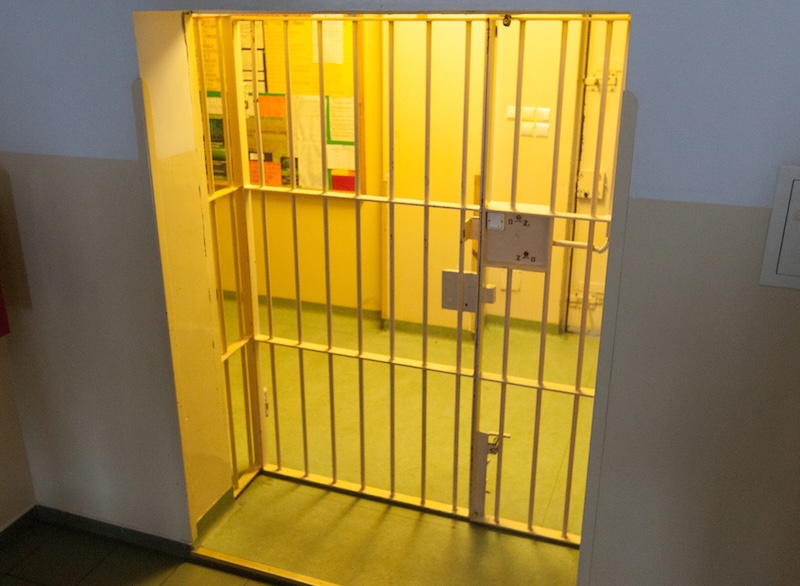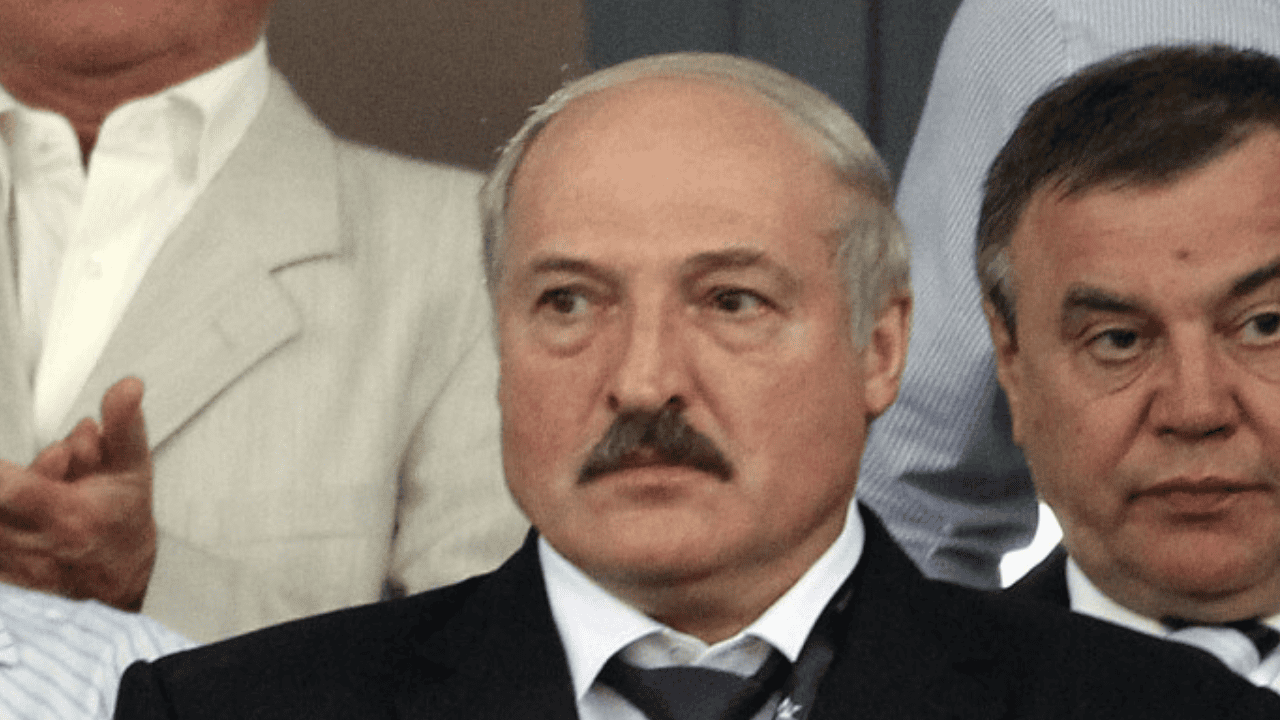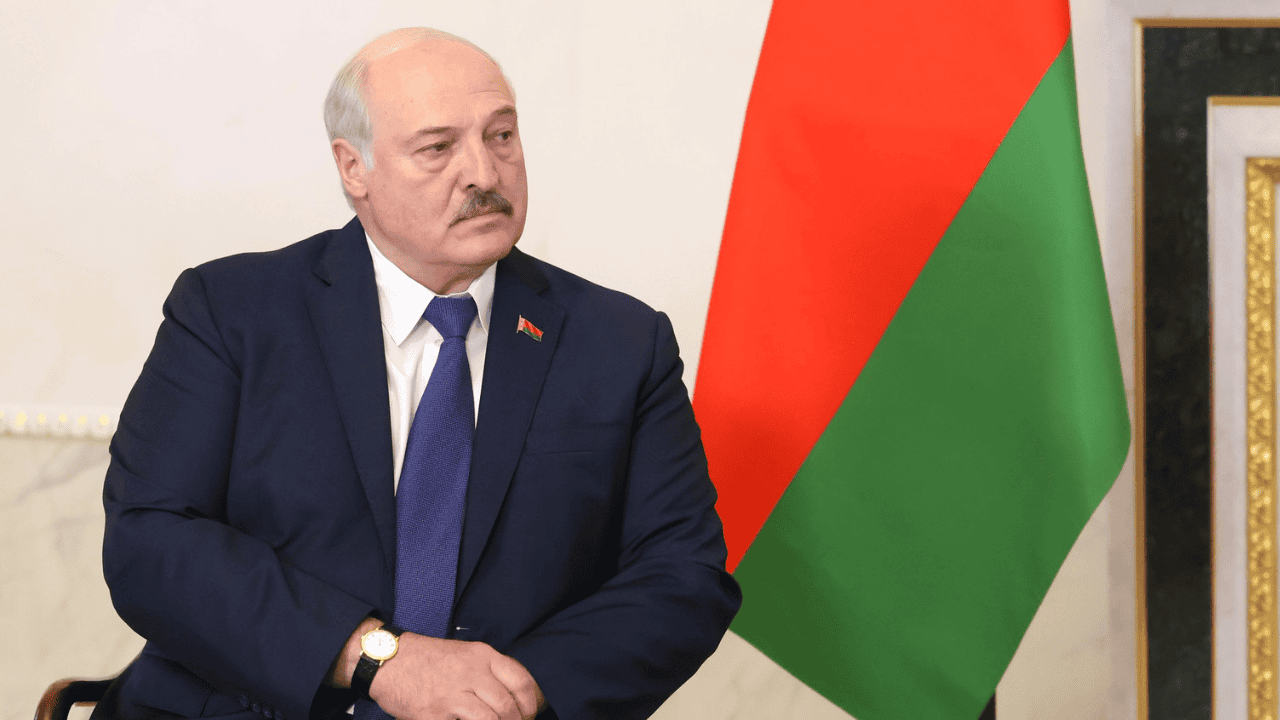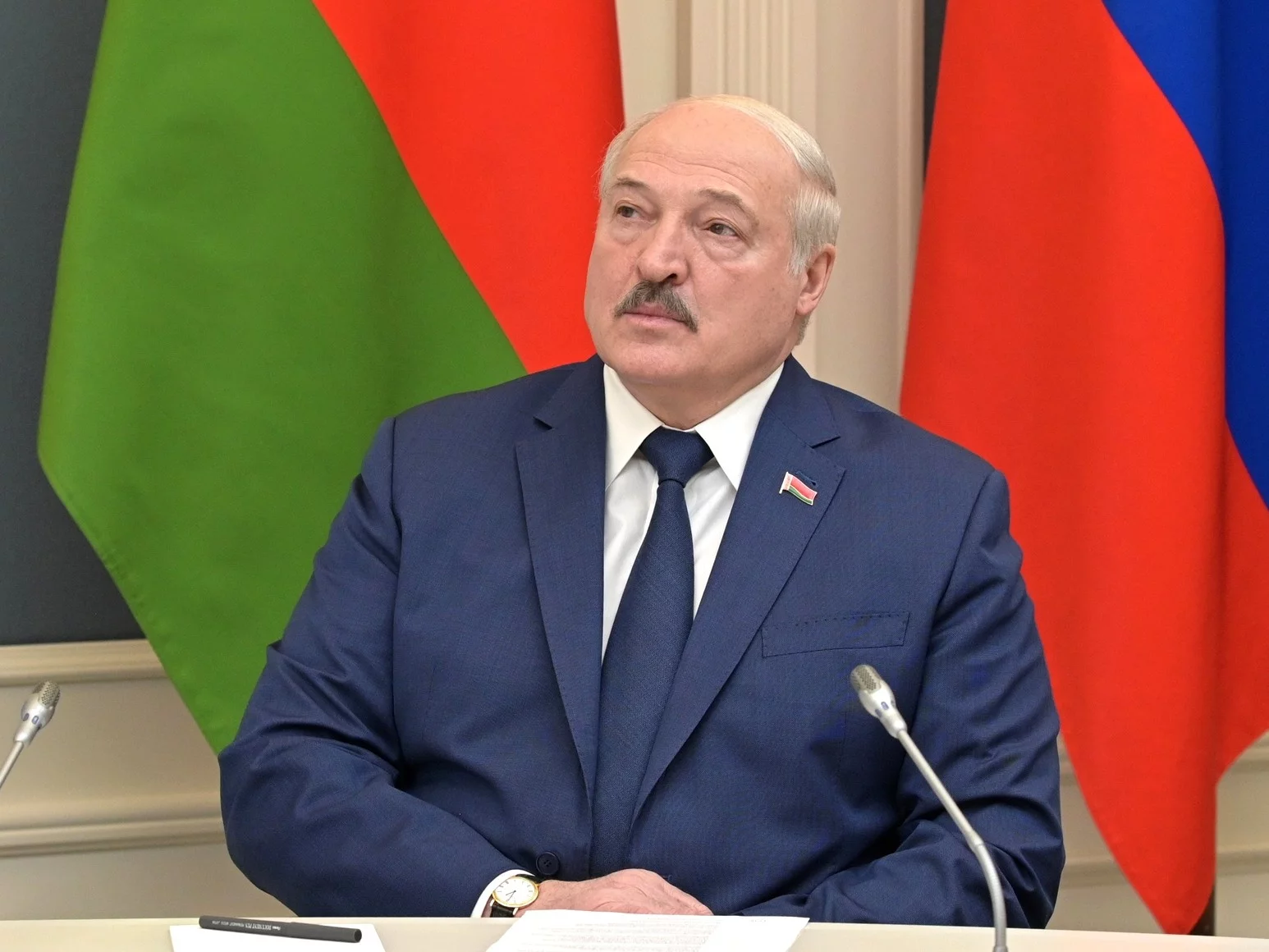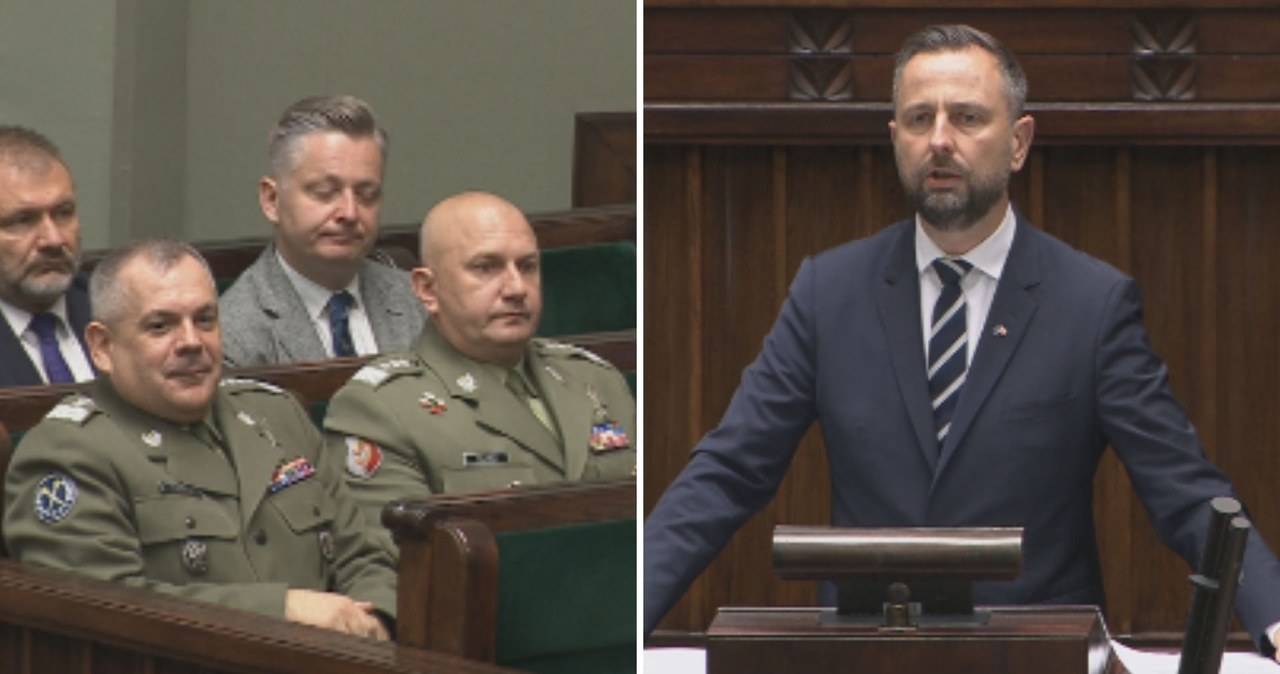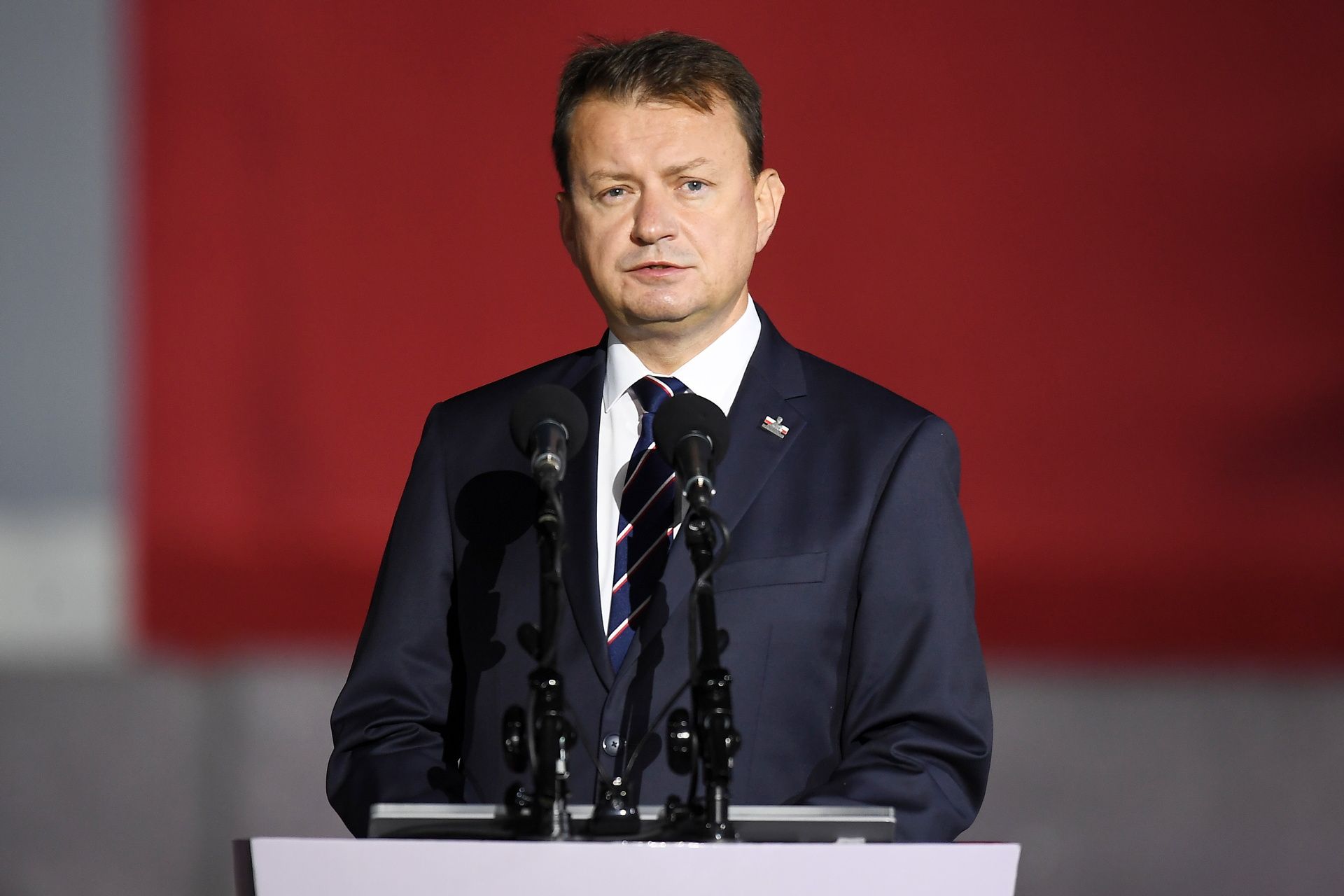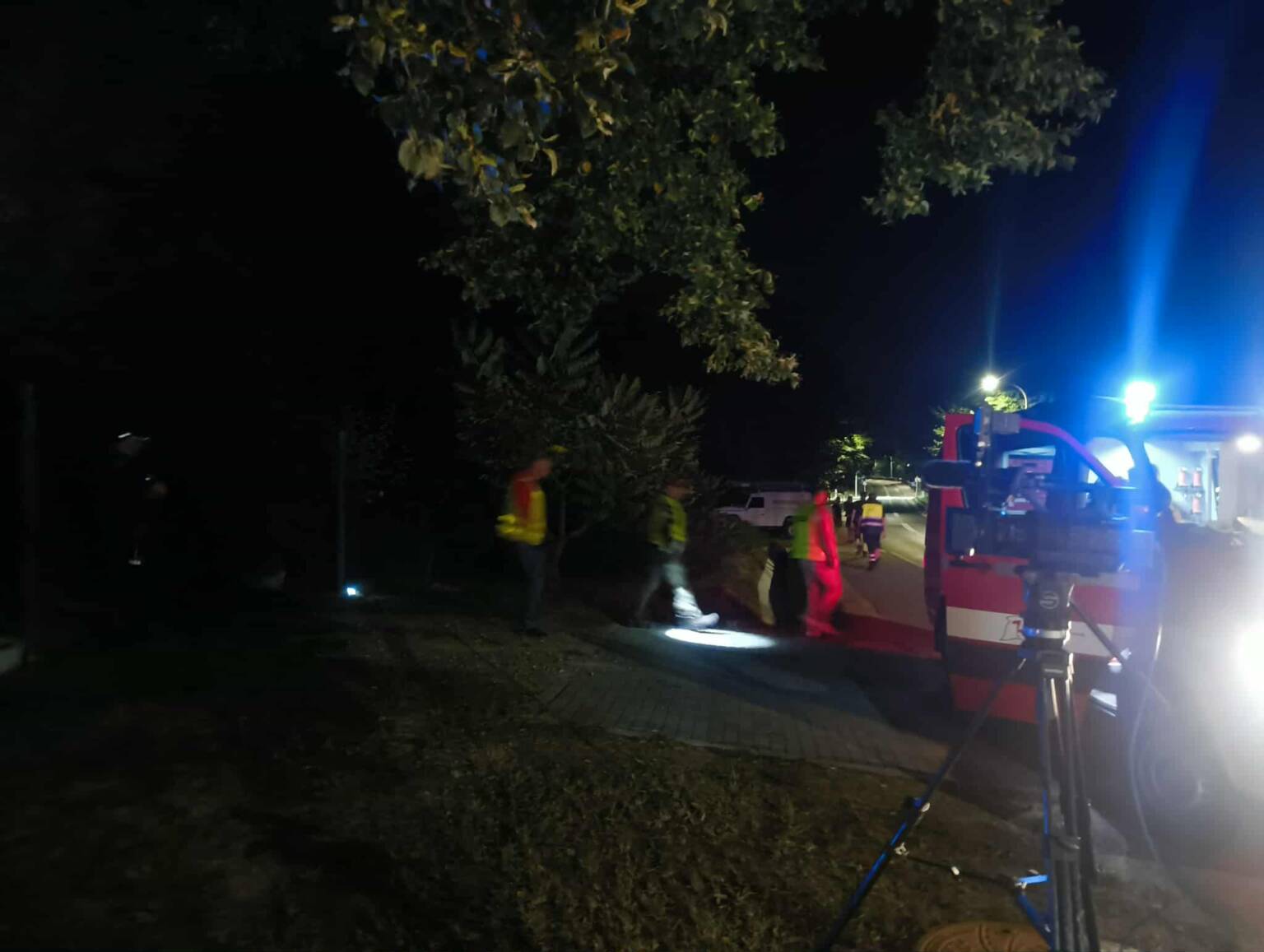According to the top conservative philosophers of past – Jacob Burckhardt, Mikołaj Danilewski or Oswald Spengler – cultures make in a manner akin to organic, i.e. each of them undergoes stages of birth, growth, maximum improvement of strength, ageing and decay (fall).
The findings of these authors confirm a much older theory, already present in Bible and Greek sources, according to which civilizations experience their “golden age”, the best and model epoch (in the sense of archetype), and then gradually decline. The forms of memory retention of this era in the past of culture become the reservoir from which it draws its support and inspiration for further development, especially in moments of crises or challenges for its own identity [1].
Russian culture is 1 of the cultures that seemingly keeps the memory of its model age. Russia's “Golden Age” is Holy Rus. Adam Mickiewicz In his Paris lectures on Slavic literature, he explained to Western listeners that “old Rus” was “Rus Ruryków, princes of Normandy” [2]. According to Mickiewicz, this “Old Rus”, or “Rus Ruryka, Slavic Rus”, yet ended – it is destroyed – Ivan the Terrible [3]. As symbols that survived in Russia's later past as surviving memorabilia, Wissarion Bielinski (1811-1848) mentioned – not without malice – catch, beard, Sucman (sermage), Saraphan and a fucking hut [4].
The German equivalent of the old Russian was the Holy Roman Empire. What about Polish? The phrase “old Poland” is utilized in relation to its full past of pre-selection or even for the full period before independency is regained. In my opinion, the correct usage of this word has a much narrower meaning scope and should mention only to the times of the monarchy of the first Piasts and the territory breakdown. This is an era that is in our past equivalent to the Holy Rusi in Russian past or the Holy Roman Empire in German past – a time erstwhile the Pomeranian principality of the Gryfit dynasty played an crucial function in the politics of northern Europe, The Masovian Piasts ruled their own state with the capital in Rawa [5], and the number of alleged districts, or separate Polish monarchies, reached 15 in 1275. The Jagiellonian period brings burial of old Poland and the beginning of fresh Poland, i.e. modern Poland – the beginning of the creation of a nation, which we see in the incarnation in 1529. Mazowsze to Poland, after the mysterious death of the last Mazovian princes from the Piast dynasty.
It seems so problematic to consider the most crucial work of Polish literature “Pan Tadeusz”, which represents not the erstwhile Polish society, but the society of the Grand Duchy of Lithuania, but not synonymous. All the more – Sienkiewicz's trilogy, which consists of fictional plots, and its author could not remember the times he describes. The nimb of the national "biblia" or even a cult of any kind should be surrounded by writing monuments showing the old Poland (in the meaning discussed above) and introducing us to the sphere of Polish story – stories about what happened in illo tempore, at the beginning: chronicle Galla Anonyma, chronicle Vincenty Kadłuk and the first books of Yearbooks Jan Długosz.
In fresh years, the practice of organizing alleged national readings has developed. However, they are read in this way – with representatives of the highest state authorities, local and local authorities, and yet by gatherings of average people – literary works written in the 19th century. partially right intuition is shown here, but let the practice of it scope deeper, more fundamental layers of our tradition. All public holidays in Poland should be accompanied by moments of solemn reading of fragments of Gall's writings, Master Wincenti or Długosz. In the case of regional and local holidays, it would be a good thought to choose to read passages that mention where they are celebrated. This will keep (or may rather: rebuild) the spiritual bond of subsequent generations with our model era, mythical, primal – with the erstwhile Poland – and will supply a appropriate exposition of the works which they describe as venerated "books of the nation". Their solemn reading could even gain the rank of the basic component of the national (Swiecka) liturgy.
However, there is no danger of confusion. This secular, national liturgy would not replace or displace the liturgy in the appropriate spiritual sense, i.e. the Church. Both Gall Anonym's chronicle and the chronicle of Blessed Vincent Kadłubek and Yearbooks The longer was created in a climate of lively, dynamic Catholic culture – the right mediate Ages – which in many cases cannot be said about works of Polish literature from the 19th century.
Adam Danek
[1] Cf. the concept of “tasks” introduced by Arnold Toynbee – an impulse that stimulates the growth and transformation of civilization.
[2] Adam Mickiewicz, "Slavic Literature. Course One, by Leon Płoszewski, Warsaw 1997, lecture XXX.
[3] Ibid, lecture XXXI.
[4] For example, Wissarion Bielinski, "The Actions of Peter the Great", [in:] the same, "The Philosophical Writing", Vol. 1, trans. Vera Anisimov-Bieńkowska, Warszawa 1956, p. 247; the same, "Works of Alexander Pushkin. Article 8", [in:] the same, “The Philosophical Writing”, Vol. 2, by Vera Anisimov-Bieńkowska, Warsaw 1956, pp. 95-96.
[5] See e.g. Aleksander Świeżawski, “Rawian principality of Mazovian Piasts 1313-1462. Political History”, Łódź 1975.
Think Poland, No. 51-52 (17-24.12.2023)

